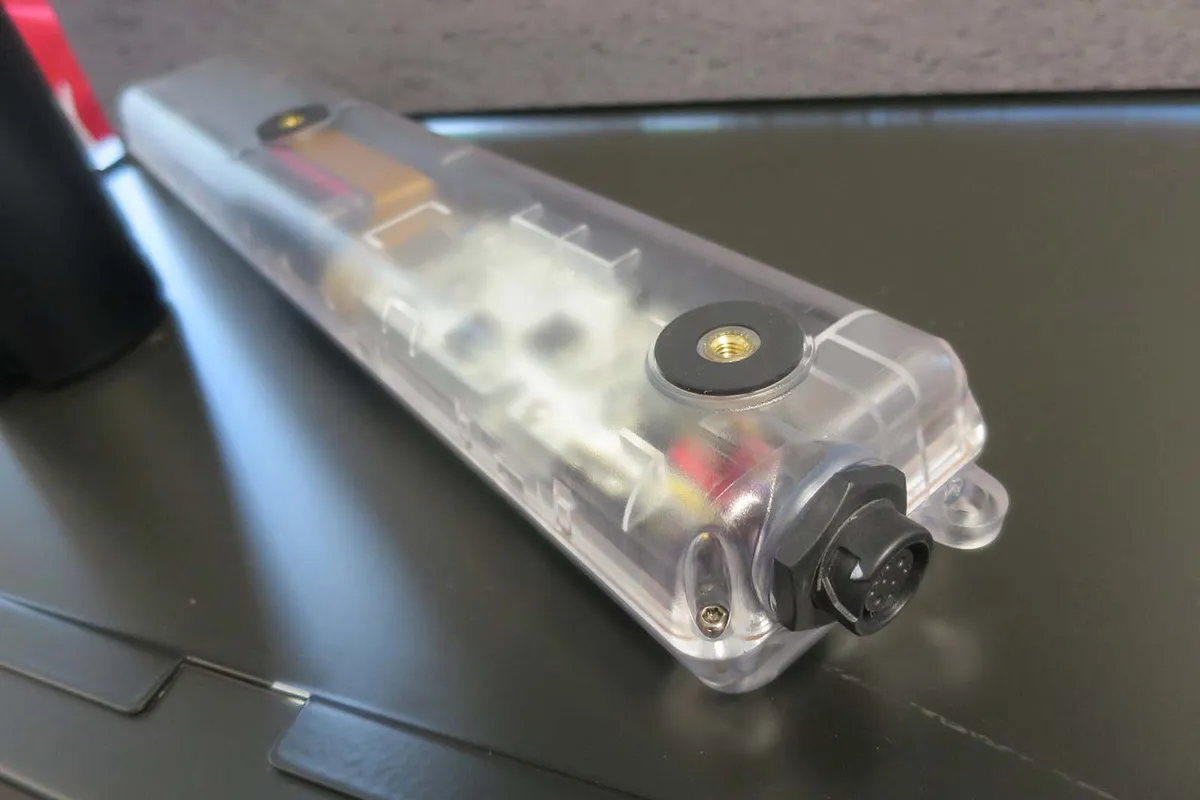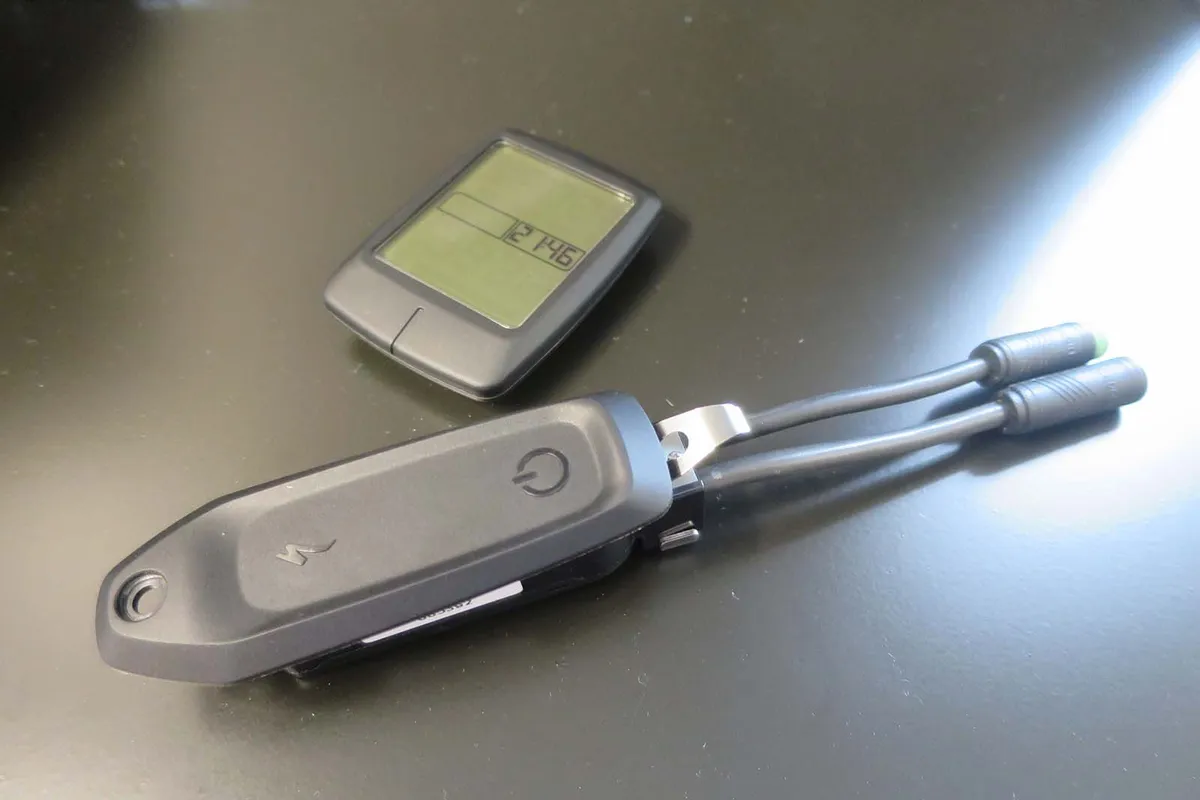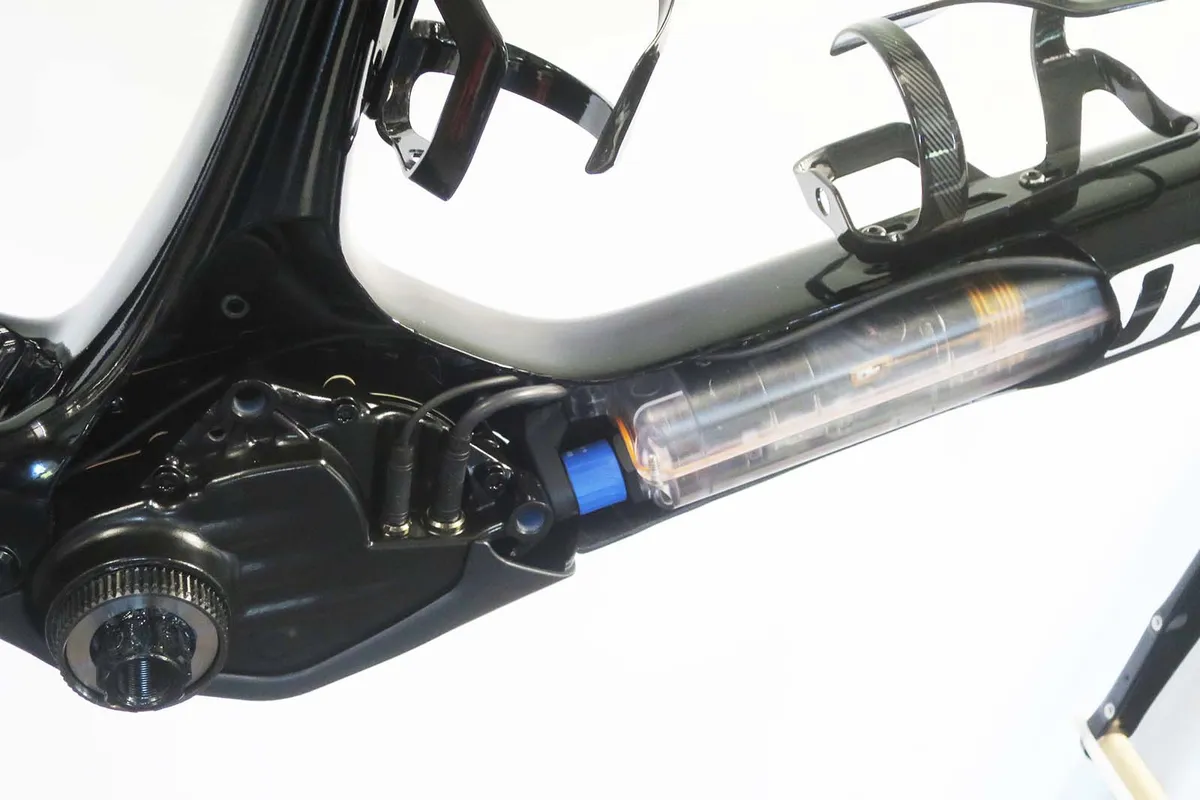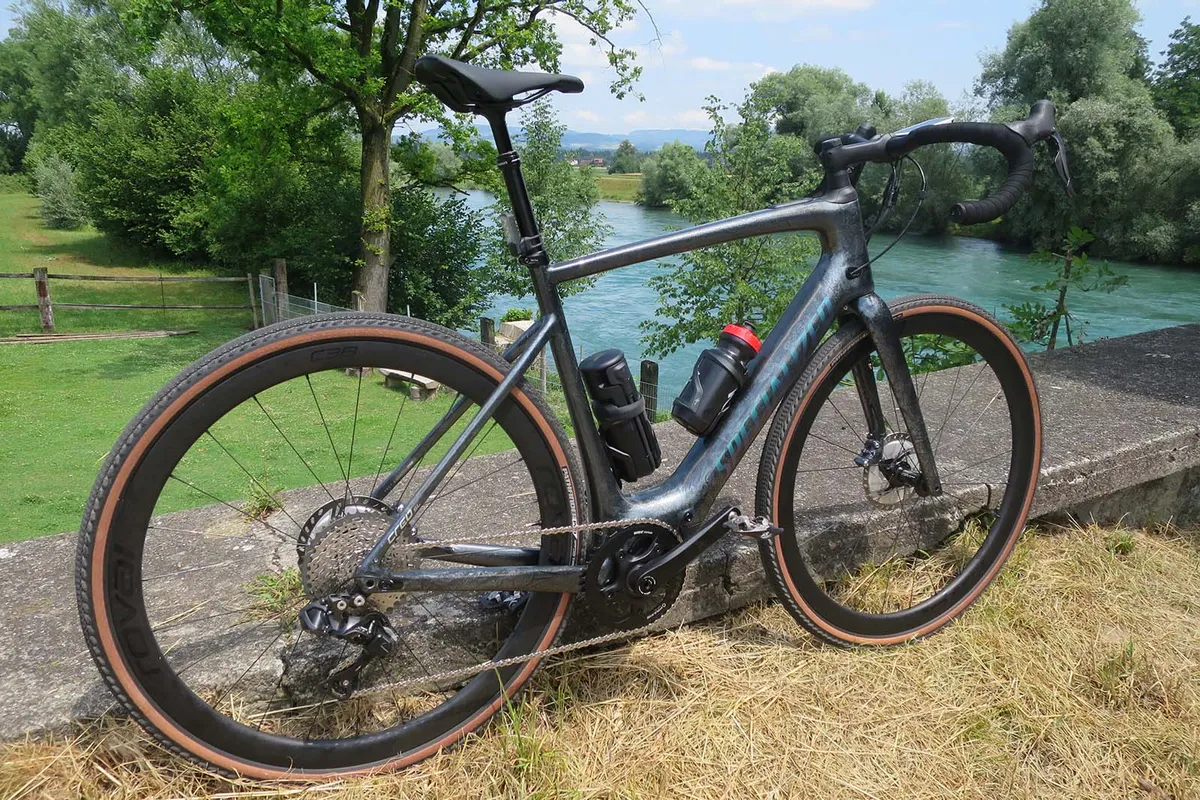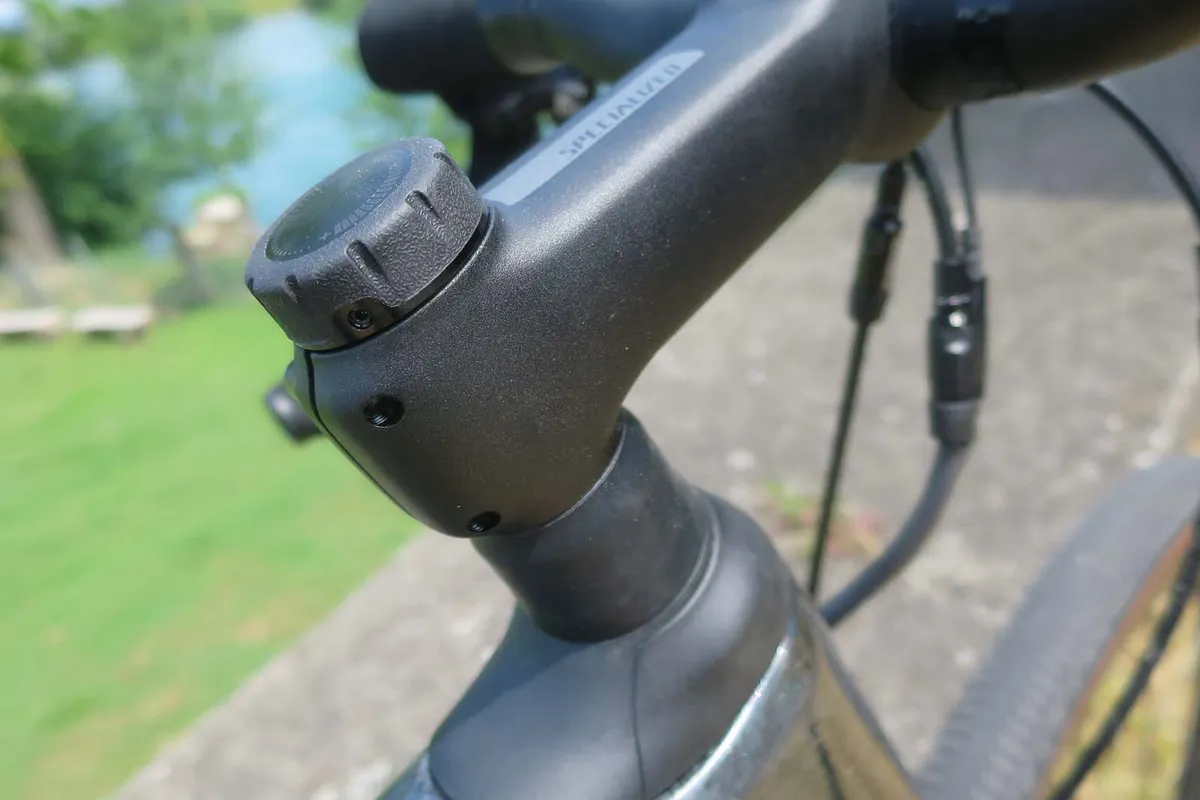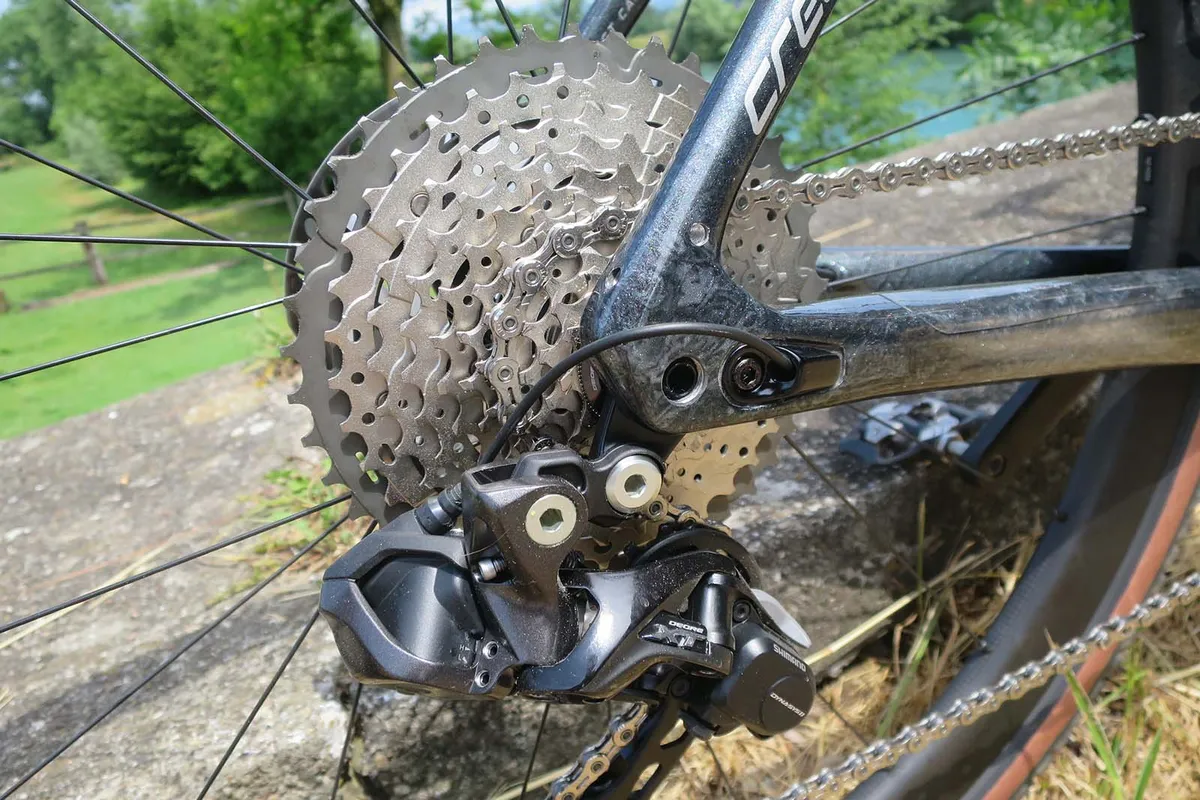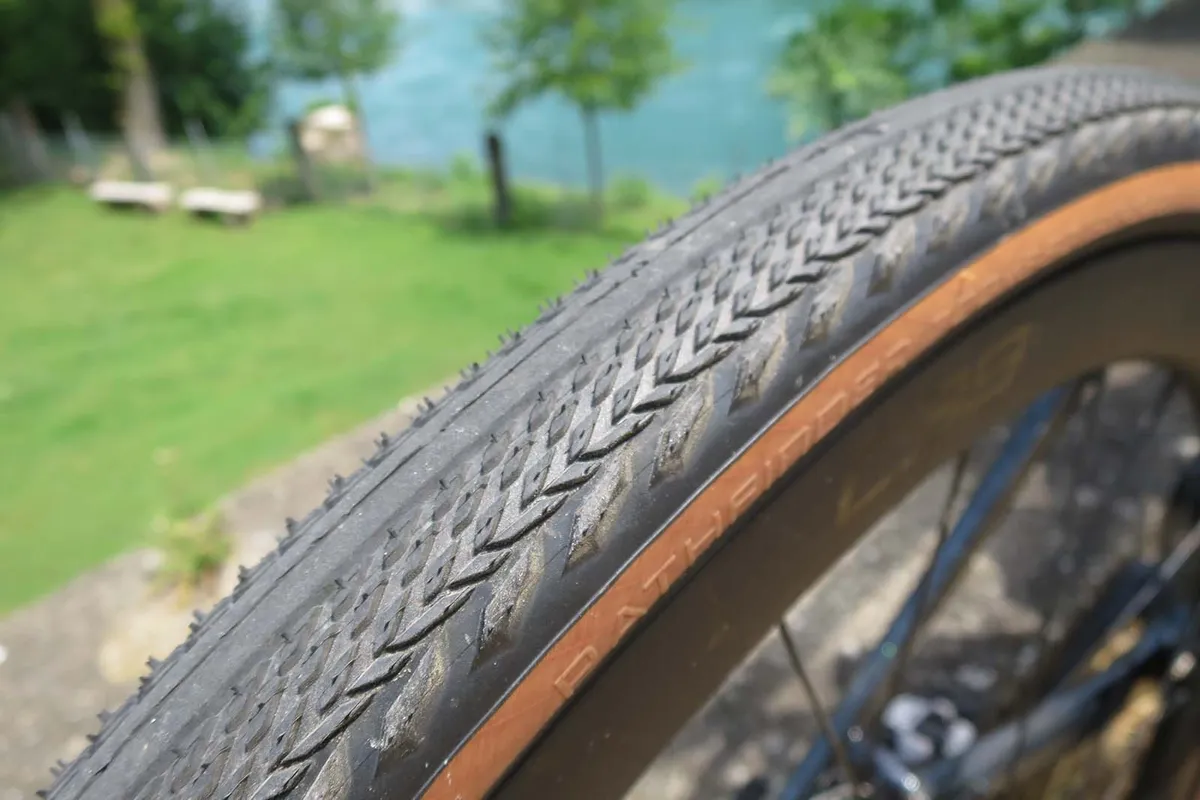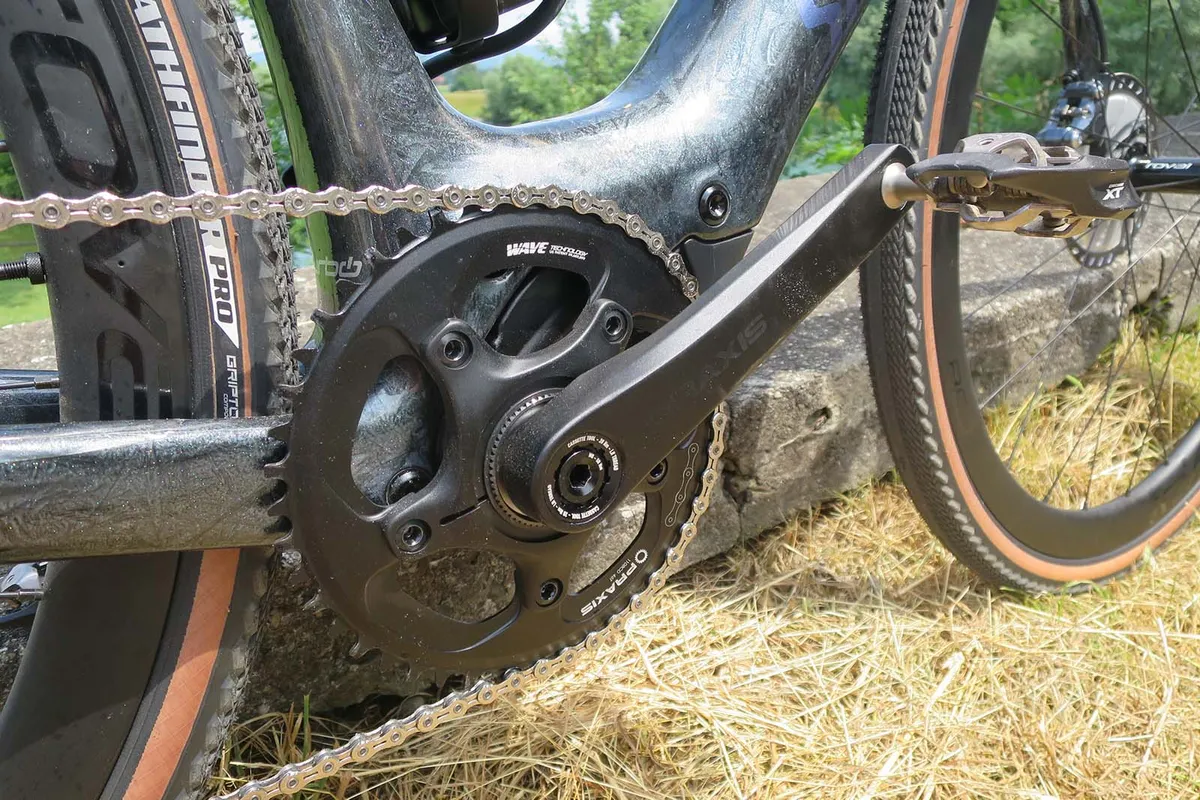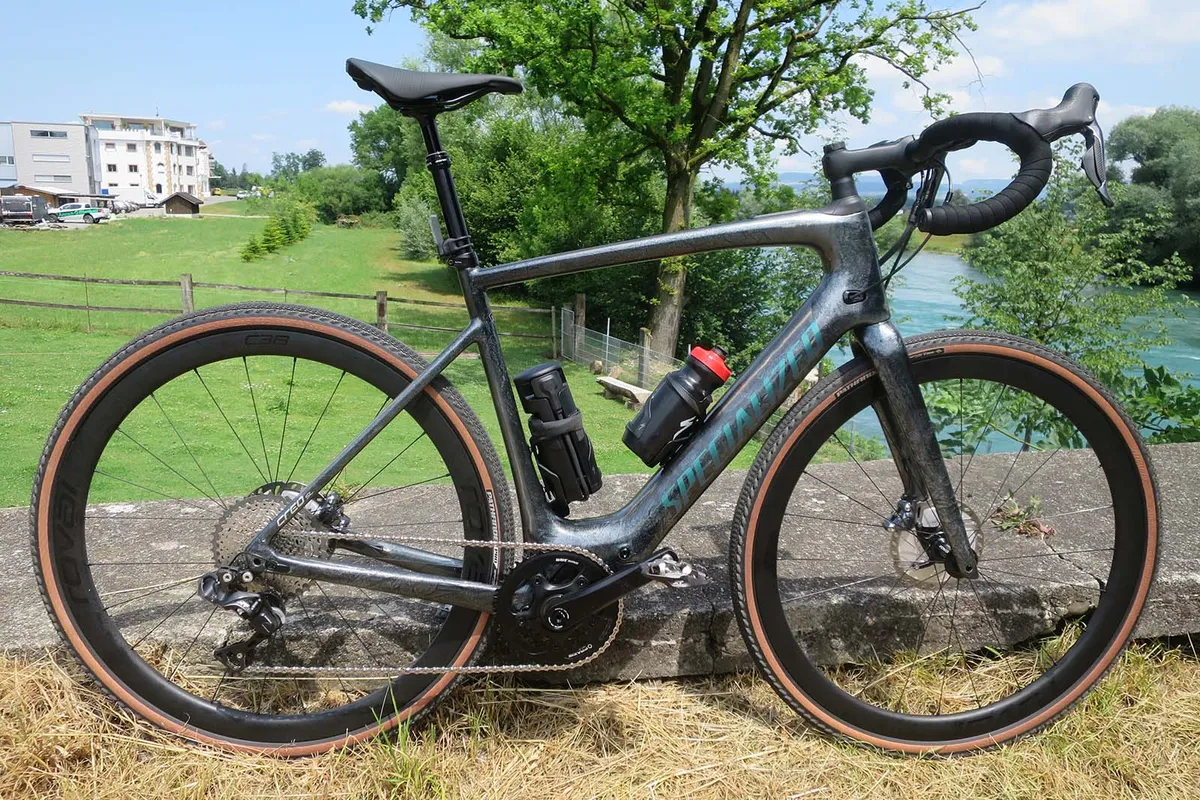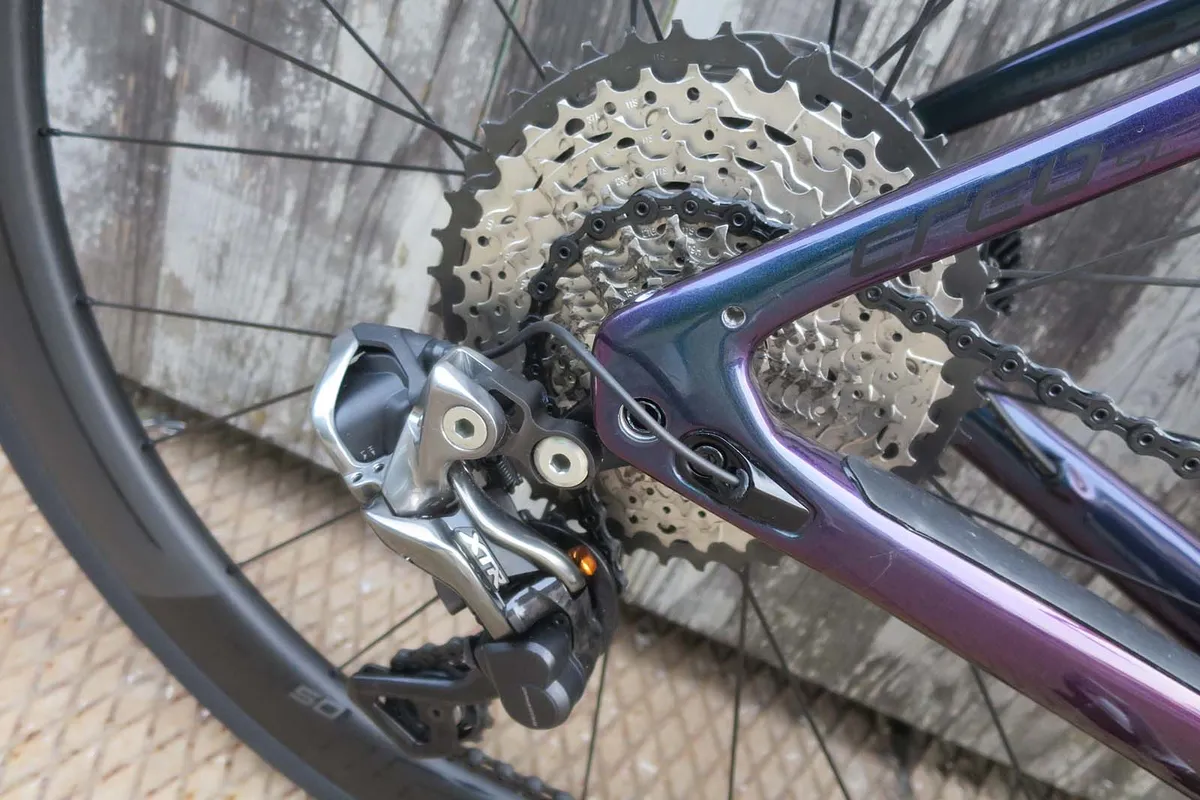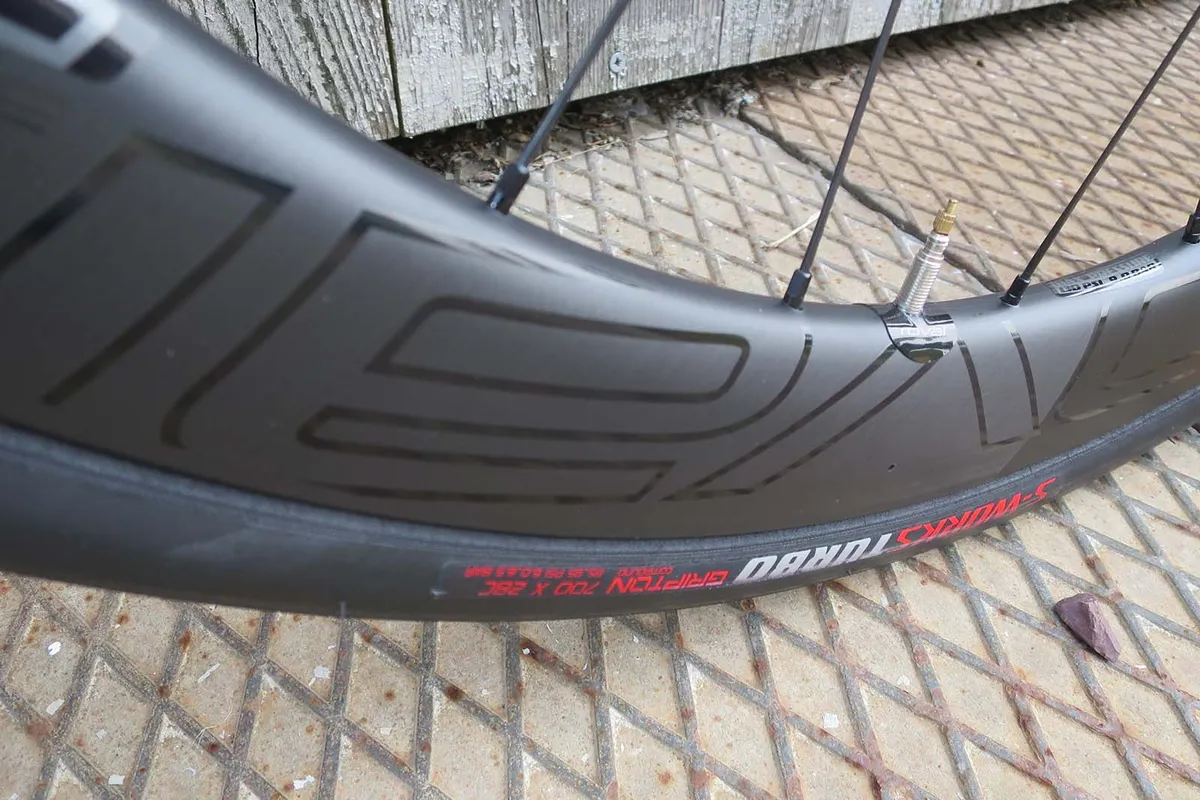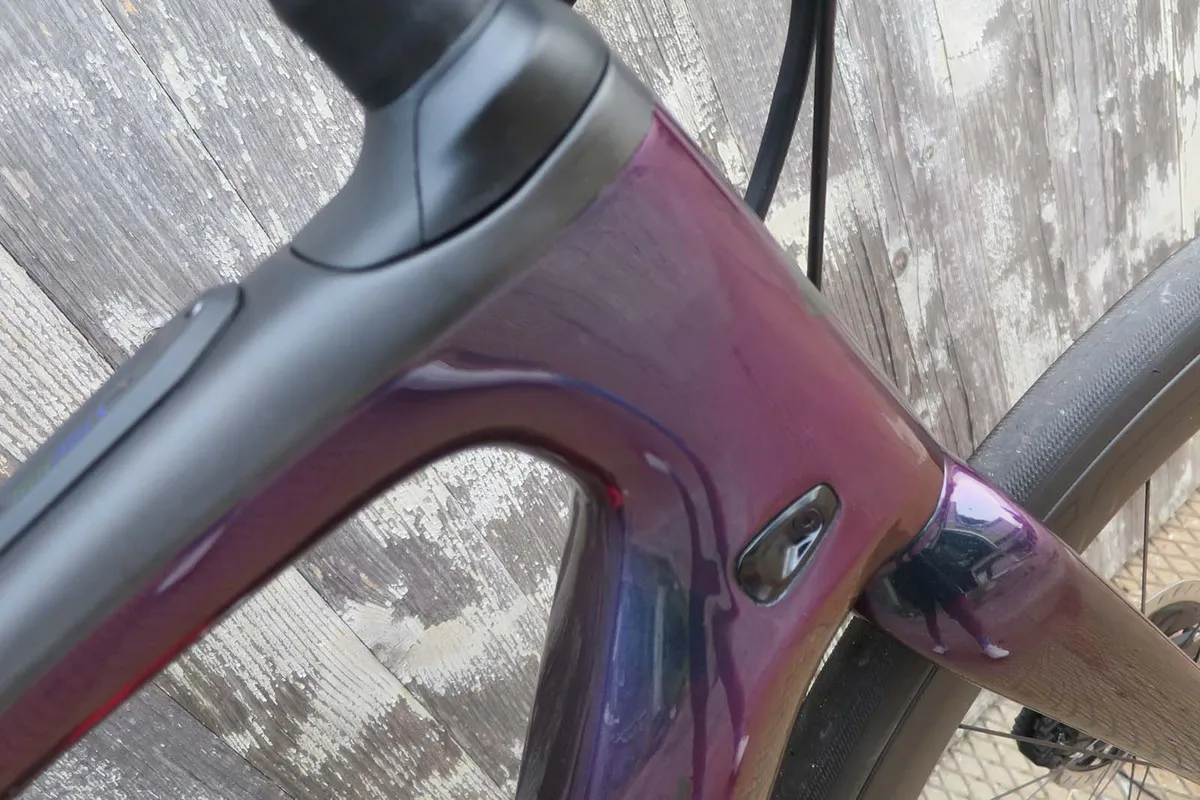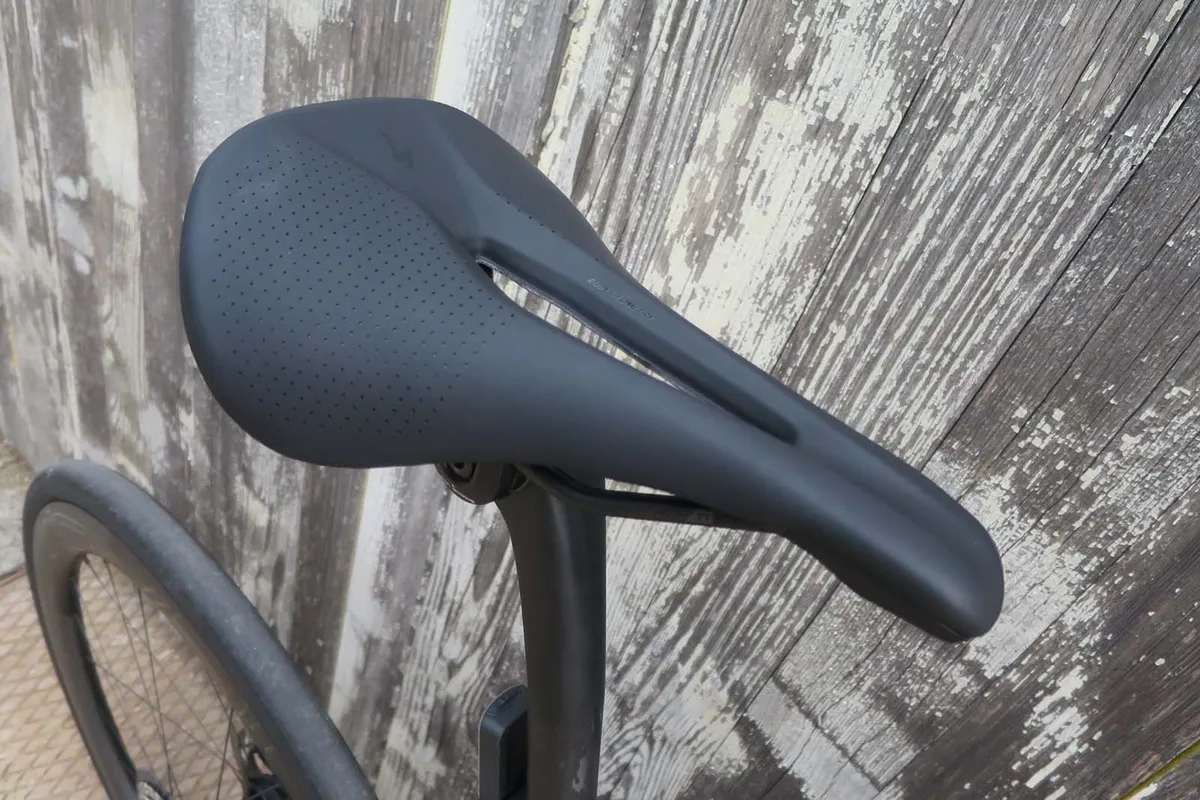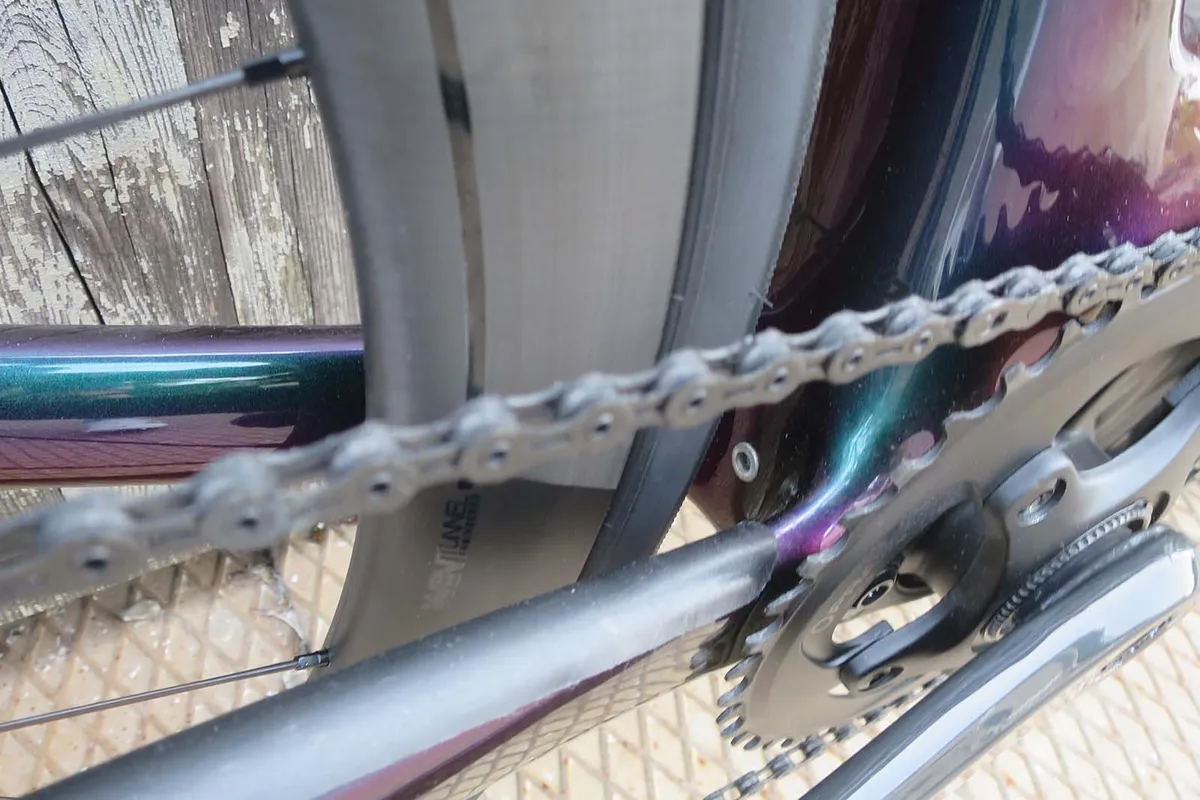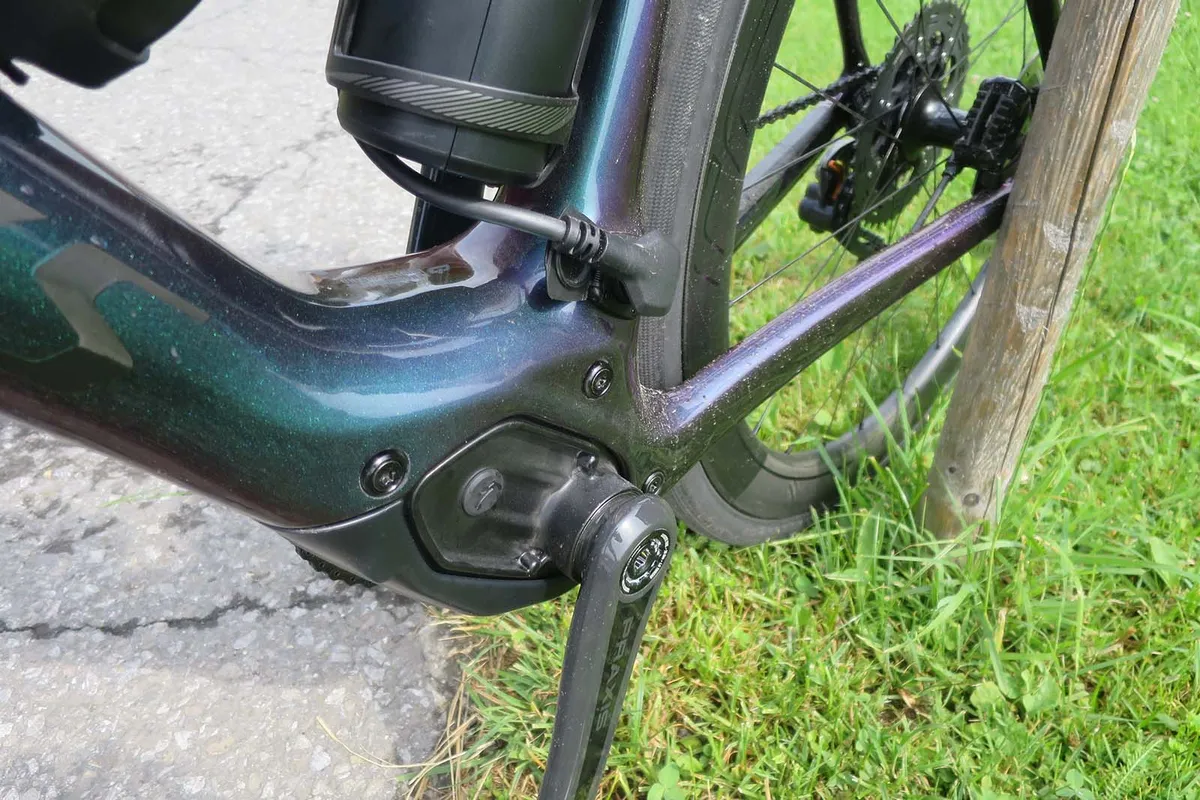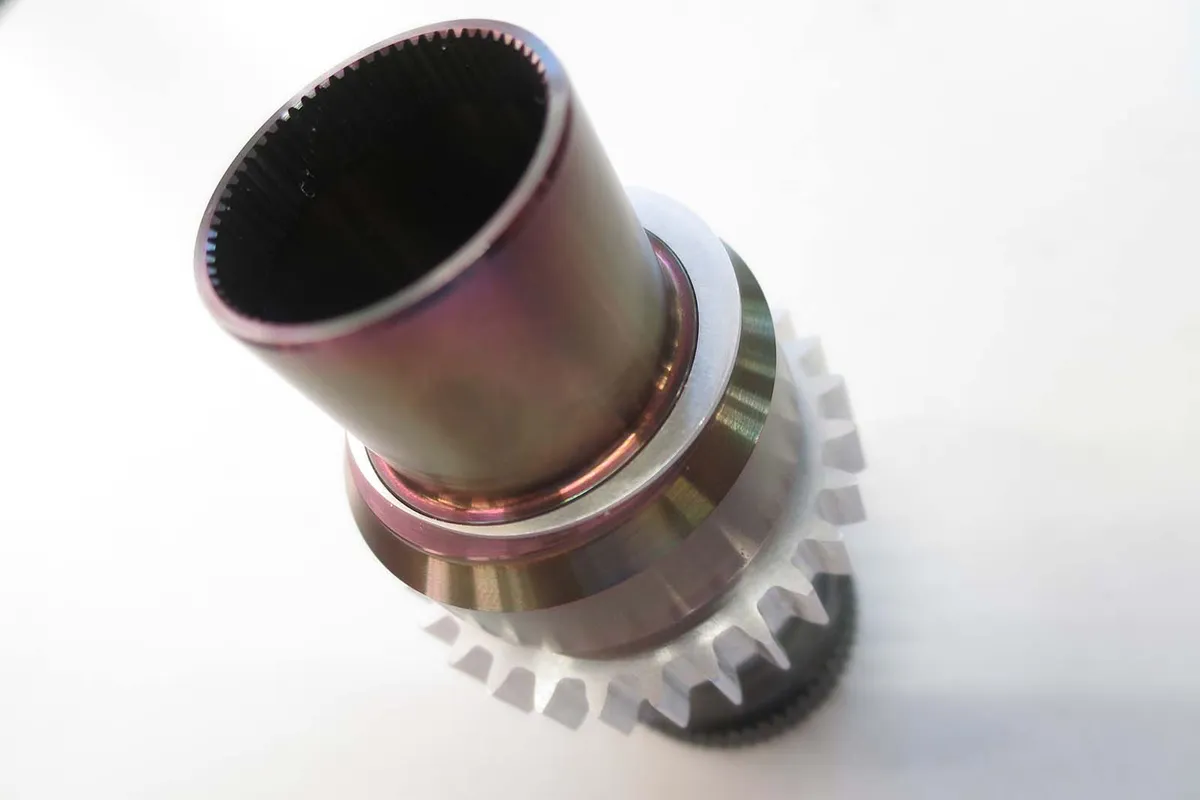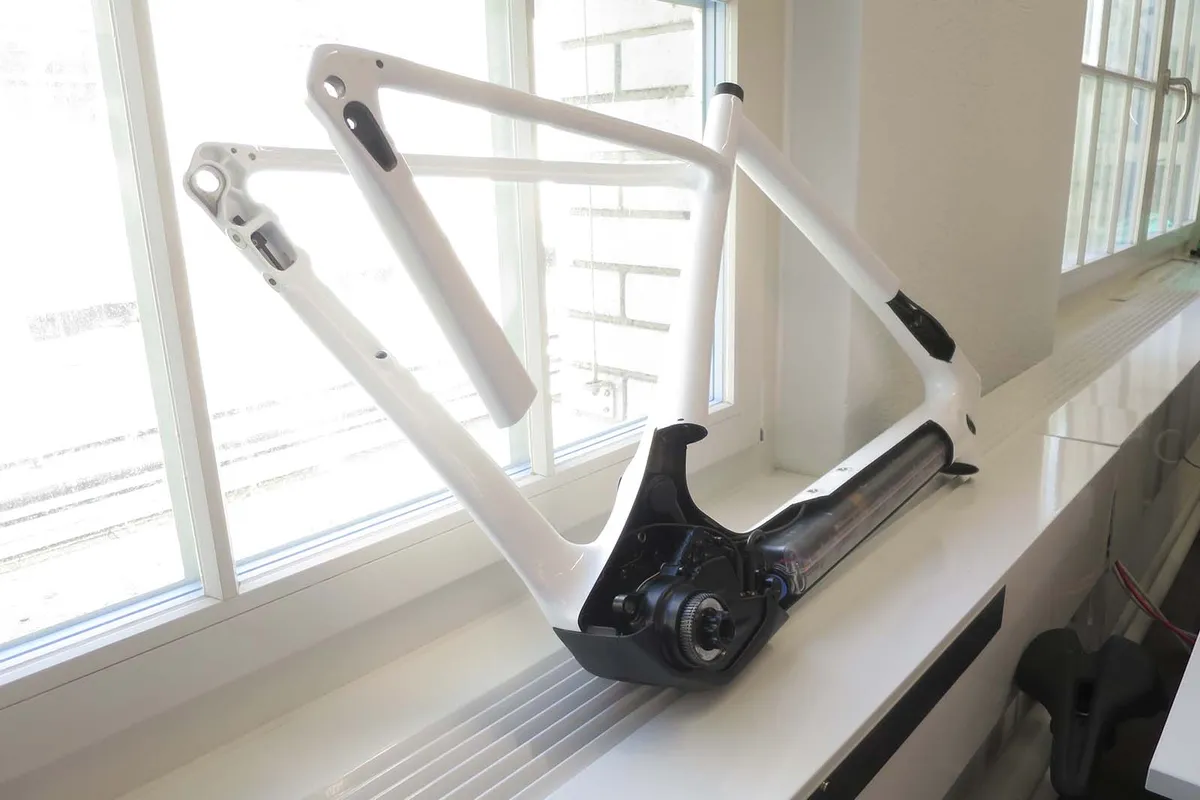Specialized has today launched the Turbo Creo, it's long-anticpated entry into the electric road bike market.
Specialized is just about the last major brand to launch an e-road bike, with the likes of Trek, Giant, Cannondale, Pinarello and Orbea all having a drop-bar assisted machine on the market ahead of the new Turbo Creo SL.
All of these brands have something in common though; they’ve all used a readily available system.
However, it seems like Specialized took its time for a reason. Its goals were to design a bike that was both low weight and have the dynamics of a road bike — so not just an e-bike with drop bars.
After road and bench testing everything that was available on the market, Specialized came to the conclusion that there wasn’t an assist system on the market that would meet all of its goals. So it took the decision to develop its own system, and created the SL1.1 motor, which is found on this bike.
Turbo Creo SL motor design
While Specialized may be late to the road bike party, its original Turbo e-bike system found on its mountain bike range is now more than a decade old, making it a pretty early adopter. But the goal with the Turbo Creo was to design a bike that felt like it just happens to have assistance, to fit with Specialized’s ‘It’s you only faster’ mantra.
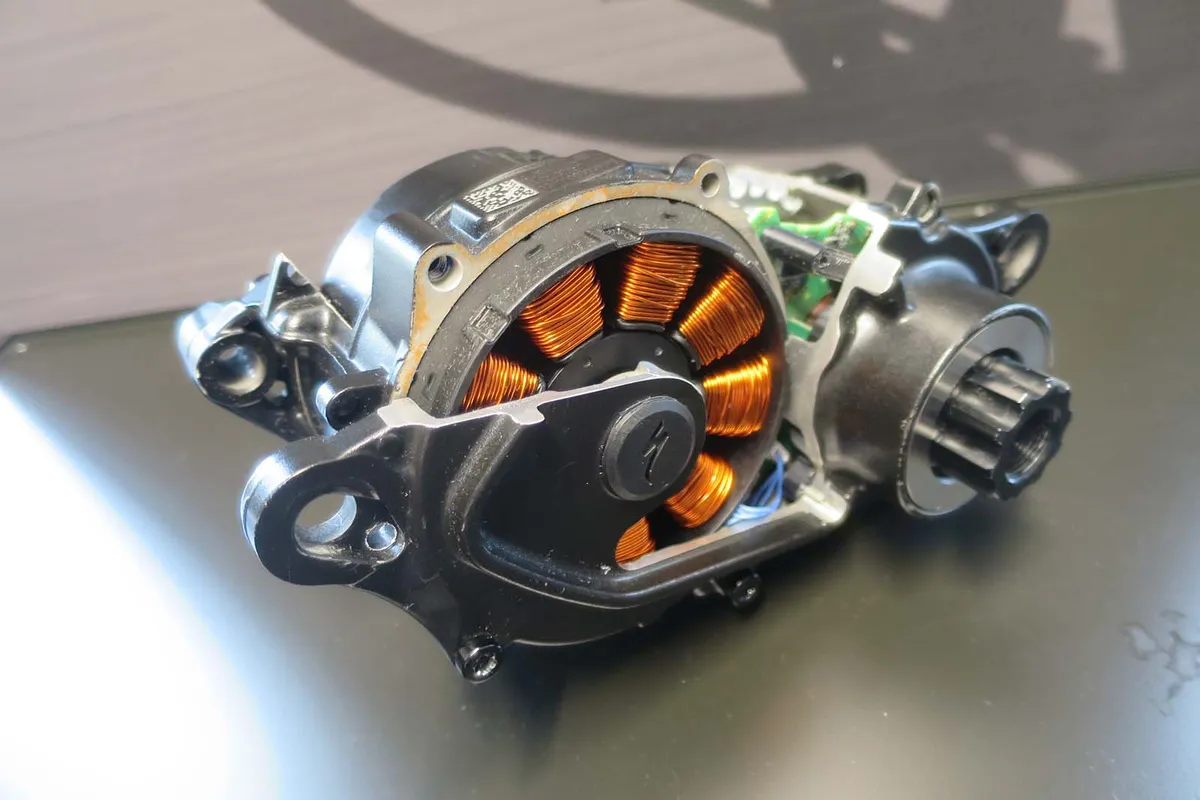
The project to design a motor suitable for a Specialized e-bike was undertaken throughout Specialized’s global R&D network but centred in Cham, Switzerland.
Why Switzerland? I asked Marco Sonderegger, senior product manager, and he explained: “We needed to be at the epicentre of e-bikes. The German-speaking part of Switzerland is one of the biggest markets for e-bikes anywhere, whereas the USA, and especially California, was pretty oblivious to e-bikes in 2010, and still remains a fairly small market.”
This was part of the well catalogued worldwide investment in R&D we’ve seen from Specialized over recent years. Four dedicated specialist centres now exist in Boulder, Morgan Hill, Cham and Taichung. According to Sonderegger, this means that Specialized is now much faster with its development than ever before and has been able to set its goals much higher than it could previously.
Just as it did with the development of its e-mountain bike range, Specialized sees e-road bikes, such as the Creo SL, as ‘a whole new sport’. This meant that the bike was required to match the handling qualities, both uphill and downhill, of a standard bike. It was also designed to work on both tarmac and gravel too — hence the two models, with the Evo optimised for gravel.
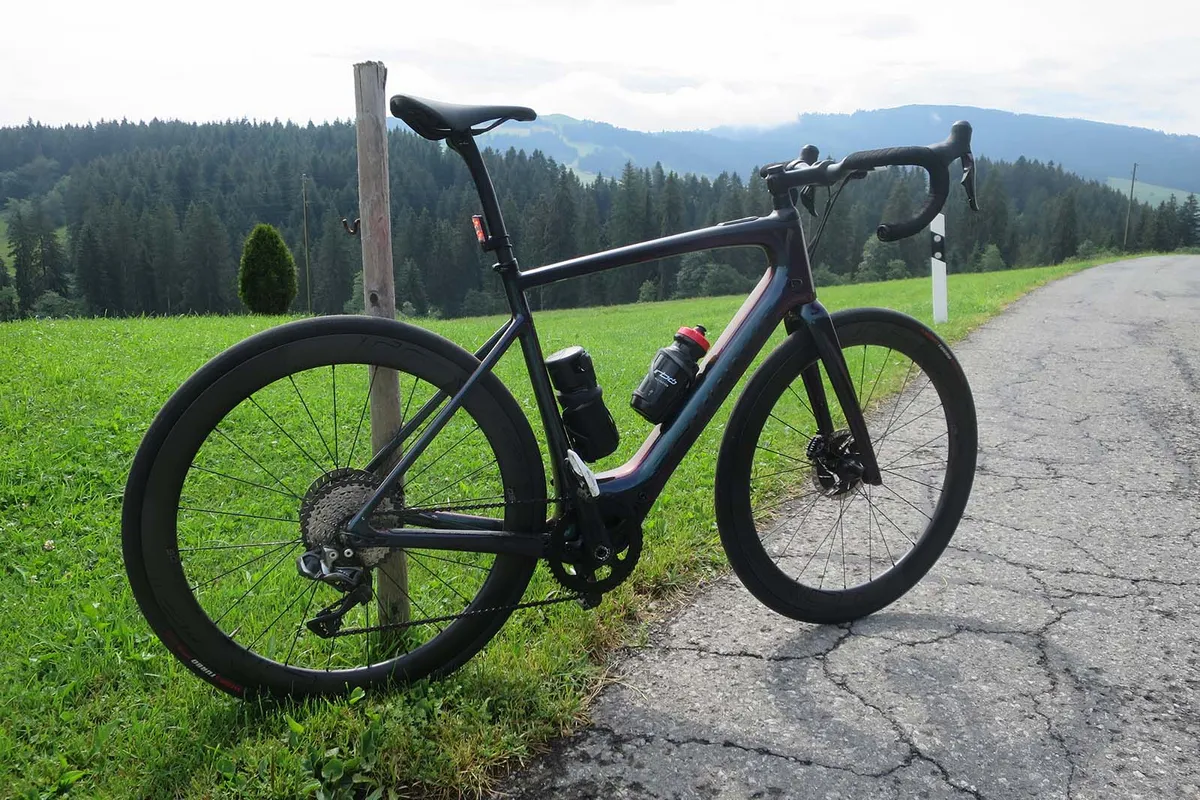
Coming from the Latin meaning ‘to make something new’, Creo started from a blank sheet, with even the fundamentals considered such as where should the motor be positioned? Rear wheel, front wheel or bottom bracket? Likewise, a lot of consideration when into where the battery should be mounted.
John Cordoba, Creo project product leader said: "We need to feel the connection to the road, the handling traits, and keep the feel of a Specialized. We gave the bike the FutureShock 2.0 from the Roubaix; on this bike, you’re going to be going faster and therefore potholes are coming up faster, the 2.0 helps with this so you don’t have to swerve.
“We’ve also gone low with the BB to give high-speed confidence, but not so low that you have to worry about clearance when riding on gravel. The long wheelbase via a slack head tube angle and long fork offset give it short chainstays for a snappy feel — the chainstays are the shortest you’ll find on any e-bike at 425mm.”
The geometry is derived mainly from Specialized’s gravel focused Diverge, and from the outset the Creo was intended to be a premium machine. So quite early on it was decided that because weight would be a major factor, the chassis would be built from top-grade 11r carbon (the same as seen on the Venge and Roubaix), and use the FutureShock 2.0 with fit geometry taken from Retul research — sizing ranges from XS to an XXL in place of traditional sizing.
The final product has ended up with a claimed weight of 12.2kg in a size large, making it one of the lightest e-bikes ever.
Specialized hasn’t compromised on usability though, retaining two bottle cages and coming equipped with mudguard/fender mounts.
SL1.1 motor

The SL e-bike technology is different from any other e-bike system (and anything else on the market). Low-weight, range and a natural ride feel were all as important as each other, but low weight can only be achieved by using a smaller battery, which will affect range.
The SL1.1 motor is Specialized’s first fully engineered in-house motor; designed to be smooth, silent, powerful and weigh just 1.9kg. This is claimed to be the lightest motor on the market by far, with features such as a magnesium housing helping keep the mass low.
Max power is 240w with 35Nm of torque, and has a power curve designed to match natural cadence. The system has been designed to offer high motor efficiency, so less of the battery-stored energy is wasted and more is used to help propel you.
Designed with four assist modes, the standard Eco, Sport and Turbo, and ‘Off’, which Specialized also considers a mode because the system is designed to have zero drag when the motor isn’t running.
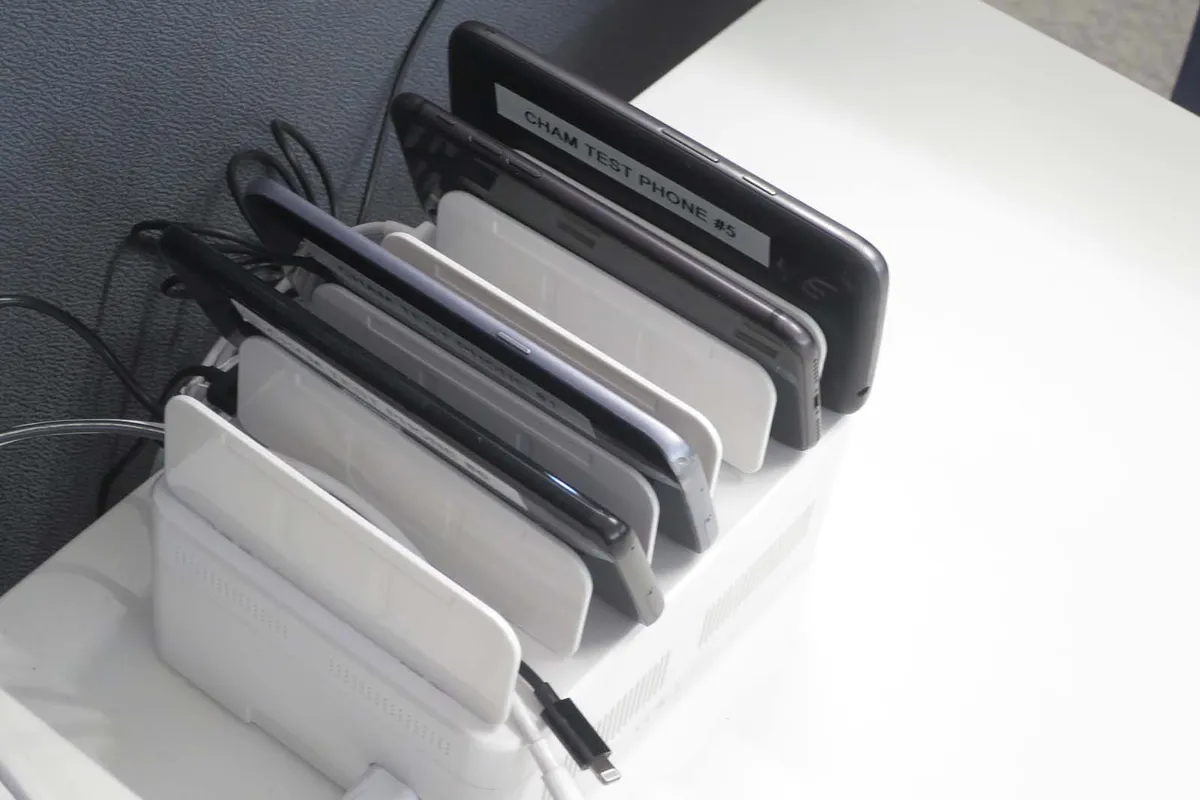
All the modes are customizable via the Mission Control app, making it possible to choose the percentage of power assistance in each mode and see how that will affect the range.
There’s also a built-in ANT+ power meter, so you can truly judge your efforts compared to the assistance level, and the assistance works up to a seriously high cadence of around 120rpm.
Specialized has taken the rather interesting step of making the battery fixed and not easily removable. It tells us that’s because any compromise in the down tube shaping has a detrimental effect on the stiffness of the chassis. It also adds weight, and not many bikes with removable batteries look all that great either.
It’ll be interesting to see how this decision plays out with potential buyers because it does mean the bike can only be charged complete — you can’t remove the battery and take it into your office to charge, for instance.
It also means the bike is non-user serviceable and will need to be taken to a qualified Specialized dealer for any warranty issues or repairs.
The size of the bottom bracket motor is smaller than pretty much any other unit we’ve seen, but it is still bigger than a standard BB — the Q-factor on the Creo is wider than standard at over 80mm. To ensure a usable drivetrain the bike is single ringed with a Boost (148mm) rear axle.
After more than 3,250 test hours and 70,000km of field testing over three continents, the SL has, according to Specialized, received 12x the amount of field testing a standard Specialized bike would receive.
Battery power and range
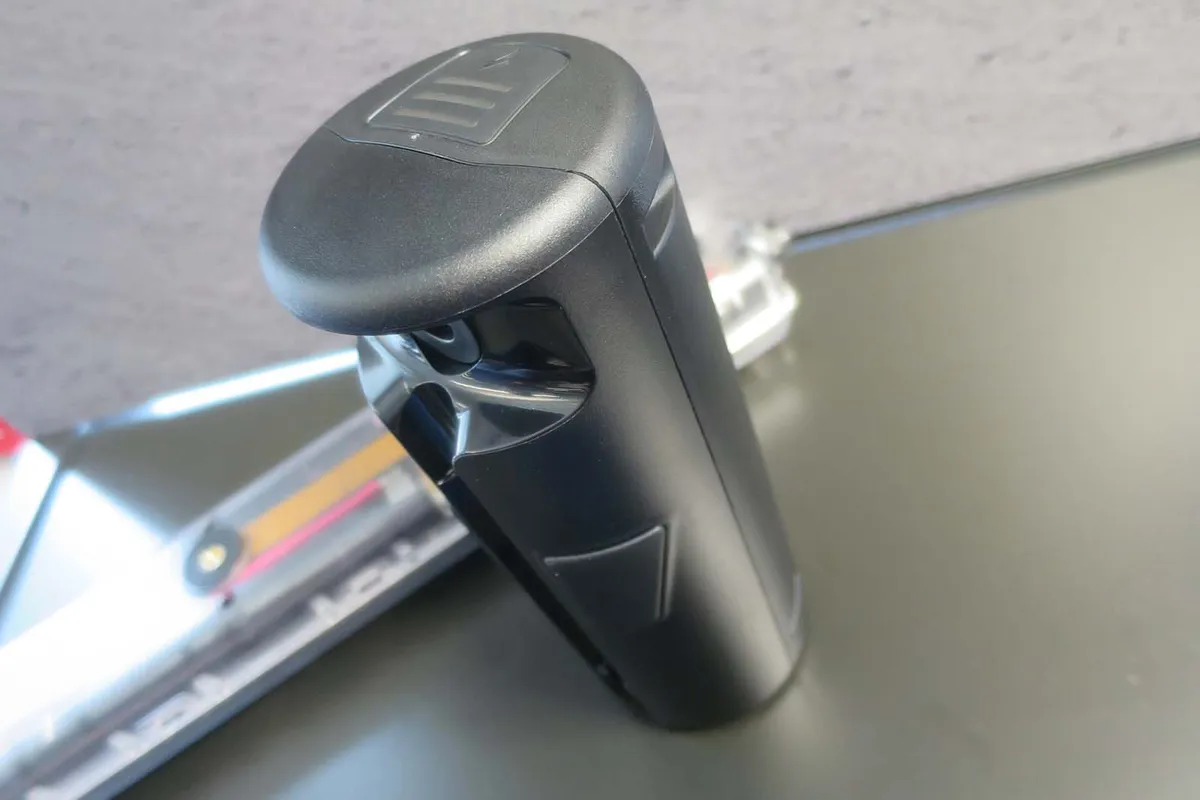
Specialized claims that the new SL has a market-leading range. The SL1-320 battery is claimed to have a 130km range from its 320wh capacity and to weigh just 1.8kg when fully integrated into the frame. You can add an optional range extender for an additional 65km.
This additional extender is a 160wh battery, which weighs a claimed kilo and fits into a standard bottle cage.
320wh doesn’t sound that high, but Specialized claims that the combination of efficiency in the battery design and the motor is what gives the SL its impressive range. It is claimed to lose less in drag and power delivery inefficiencies, so the power is claimed to be equal to any of its rivals because it uses its energy more efficiently.
The internal battery design was a big part of the project and sees printed circuits instead of wires because these are smaller and lighter – though much more expensive to produce.
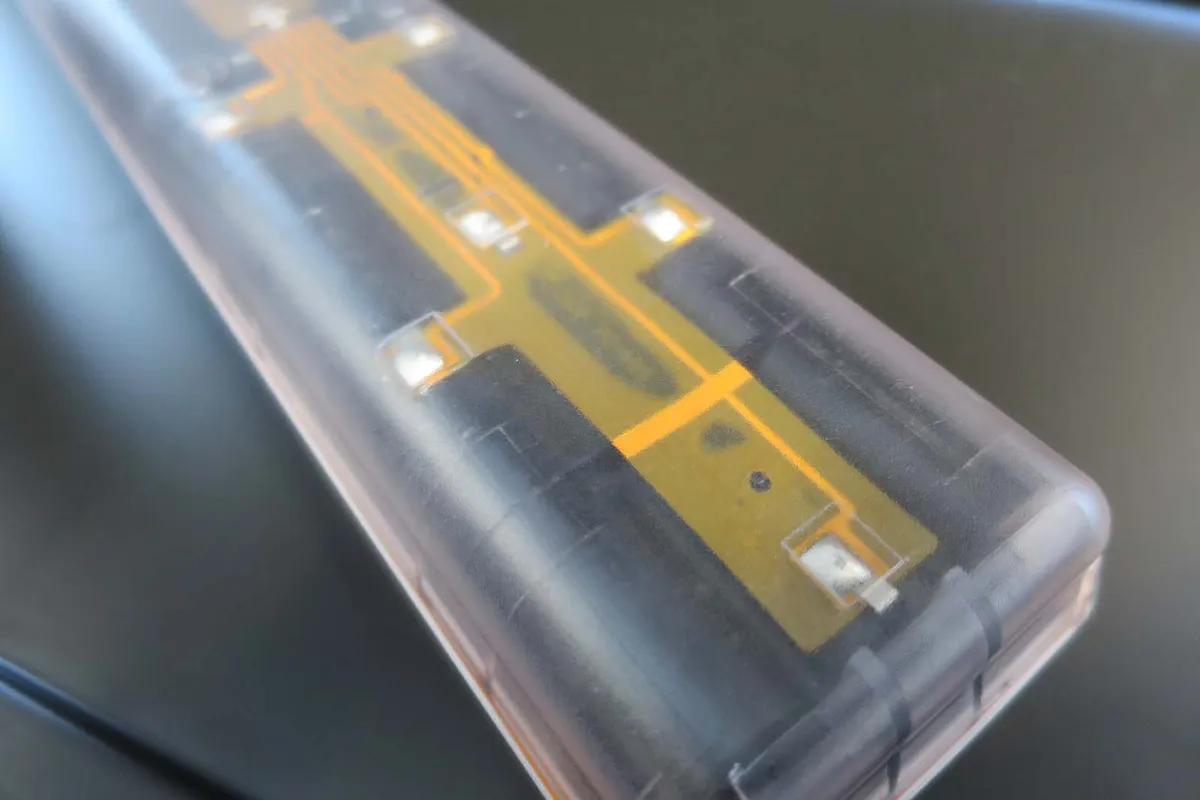
The system runs at 48v which means less current is required and therefore connectors and cabling can be smaller (lighter), and it has a claimed 2.5 hours charge time to full.
The internal battery is rated to 500 charge cycles, or two years/300 cycles on the battery warranty. A recycling program is in place for most territories with Specialized understanding that it’s its obligation to provide a proper recycling program where the batteries will be dismantled and recycled.
On Specialized’s website, you can find a more accurate range calculator that takes into account factors such as weight (you and the bike), rolling resistance (tyre size), aerodynamics and topography, which all have an impact on range. Battery life can also be affected by care and charging, and Sonderegger says that you should “Never charge to full and leave it for an extended time in this ‘bloated’ state, it will hugely reduce the battery life. It’s much better to leave some charge in the battery, less than 40 percent, and only charge to full before you ride.”
Connectivity and app features
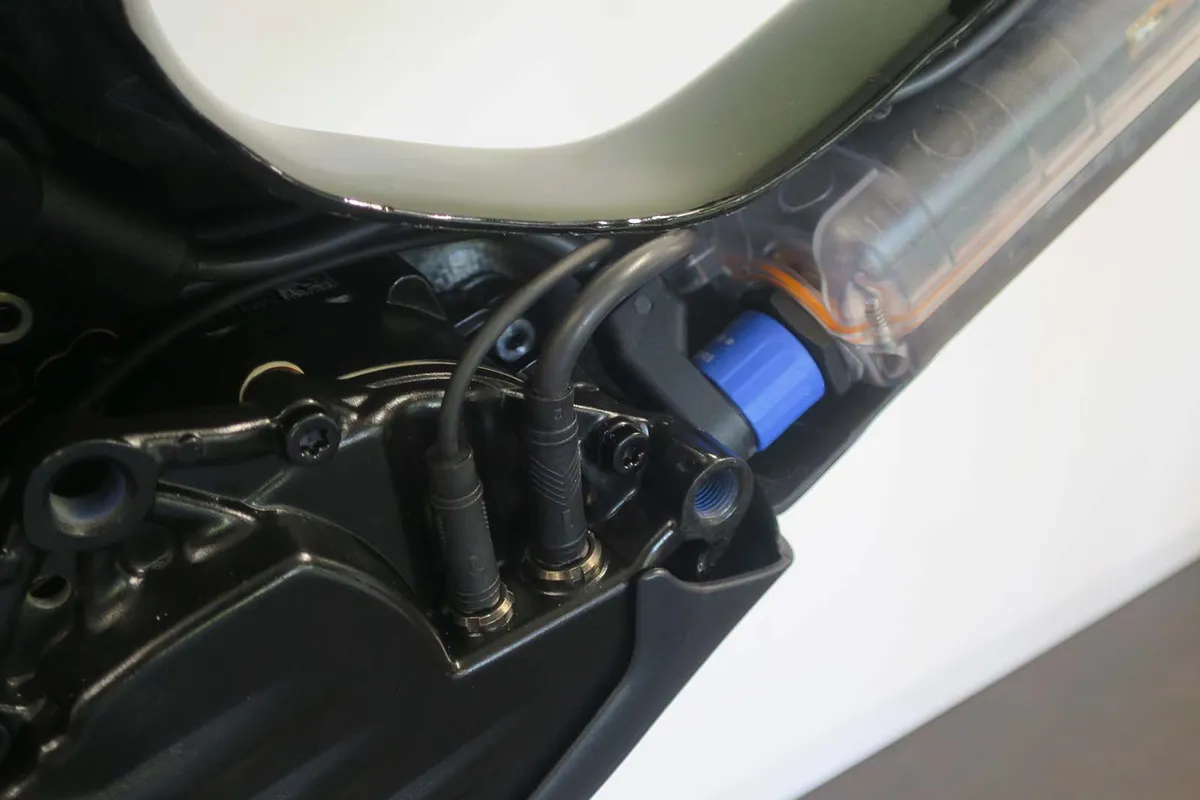
The top tube of the Creo contains the Turbo Connect unit, which connects via ANT+ and BLE, a Ride mode switch, an on/off switch, and battery charge level LED indicator.
The bike can talk to the compatible head unit of your choice or through a phone, and the Mission Control app offers personalised power through sliders for infinite motor tuning. You can alter both support and peak power in each mode — off the shelf Eco is 35/35 for support and peak, while Sport is 60/60 and Turbo is 100/100.
- Peak power = max power in each mode (from 100 percent total – or 240w)
- Support mode = how much support you receive in conjunction with your own power input (up to a 100 percent total) so you can tune assist to give you the type of ride you want
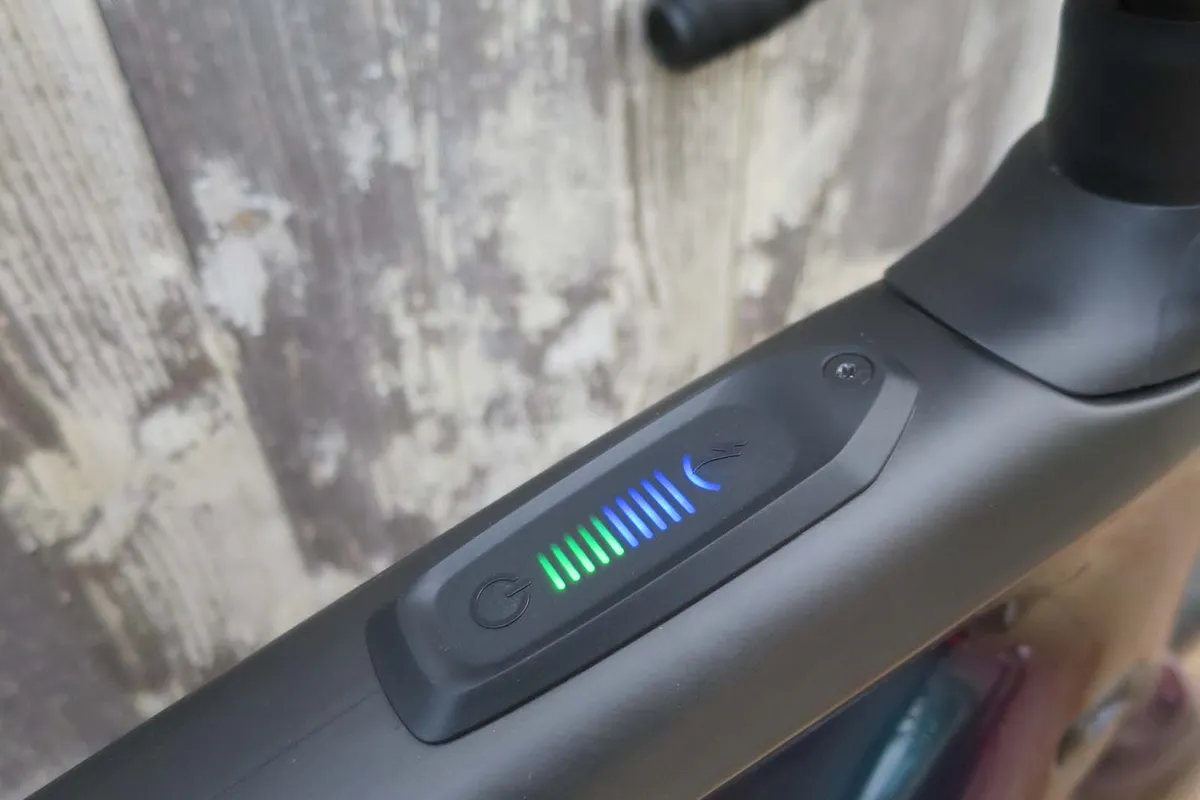
With tuneability like this, Specialized claims that the Creo has the ability to be a proper training tool.
One of the biggest issues with any e-bike is battery life. Will it have enough juice to get me through my planned ride? Within the app there is something called ‘Smart Control’, which has been added to eliminate range anxiety.
Smart Control allows you to calculate your distance at the start of a ride, and to ensure you have power to get the full distance of your intended ride the app will take control of the system.

You can switch to Smart Control mid-ride too if you’re concerned about getting home on the charge remaining. The system will then take over the motor control (so you can’t switch between modes) to give you support so you reach your destination.
There is also a Diagnose mode, which offers a full system health check. It will alert you to any problems so you’re more informed when you take it to your dealer and don’t need to take it to your dealer to find out if you have an issue in the first place.
The final part of the app is Ride, for recording and analysis. It’s kind of like a Strava service that’s built into the app, with all the usual trappings. It’s fully compatible with Strava too, so will always auto-upload as an e-bike ride — no cheating here!
There is also a Stealth mode, which turns of all of the LEDs on the top tube unit, which we guess you’d use if you don’t want anyone to know you’re riding assisted.
Specialized Turbo Creo SL range
S-Works Turbo Creo SL
- Weight: Claimed 12.2kg
- Groupset: Dura-Ace Di2 with XTR Di2 rear mech
- Tyres: S-Works Turbo Gripton 28mm
- Bar: S-Works carbon Hover Bar
- Wheels: Roval CLX50
- Saddle: S-Works Power
- Other kit: S-Works Future stem
- Price: £10,999 / $14,000 / AU$19,000
Turbo Creo SL Expert
- Weight: Claimed 12.2kg
- Groupset: Ultegra Di2, Shimano XT Di2 rear mech
- Tyres: Specialized Turbo Pro 28mm
- Bar: Specialized alloy expert Hover Bar
- Wheels: CL38
- Saddle: BG Power Sport saddle
- Other kit: Future Stem Pro
- Price: £7,499 / $9,000 / AU$12,000
Turbo Creo SL Evo Expert
- Weight: Claimed 12.2kg
- Groupset: Ultegra Di2, XT Di2 rear mech
- Tyres: Pathfinder 38c
- Bar: Adventure gear bar with 12-degree flare
- Wheels: Roval C38
- Saddle: Power Sport saddle
- Other kit: Dropper post
- Price: $9,000 / £7,499
Limited edition Turbo Creo SL S-Works Founder Edition (only 250 units)
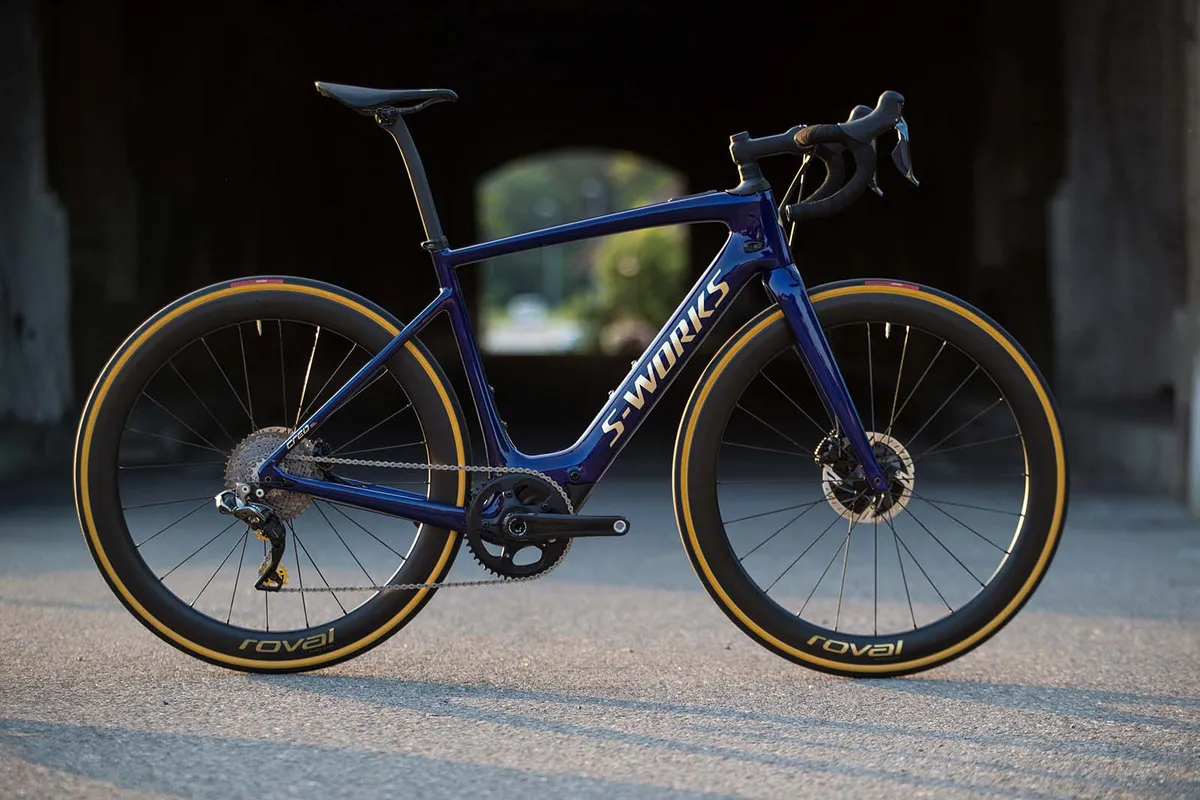
- Weight: Claimed 11.9kg
- Groupset: Shimano Dura-Ace Di2, XTR Di2 shadow+ mech
- Tyres: S-Works Turbo cotton 28mm
- Bar: S-Works SL carbon bar
- Wheels: Roval CLX 38
- Saddle: S-Works Power
- Other kit: CeramicSpeed upgrades (jockey wheels in gold), custom full kit included
- Price: £13,499 / $17,000
Extras
- Range Extender battery: £299.00
- Range Extender cable, 160mm: £24.99
- Range Extender cable, 220mm: £24.99
- SL Y-Charger cable (to charge both batteries at the same time): £39.99
